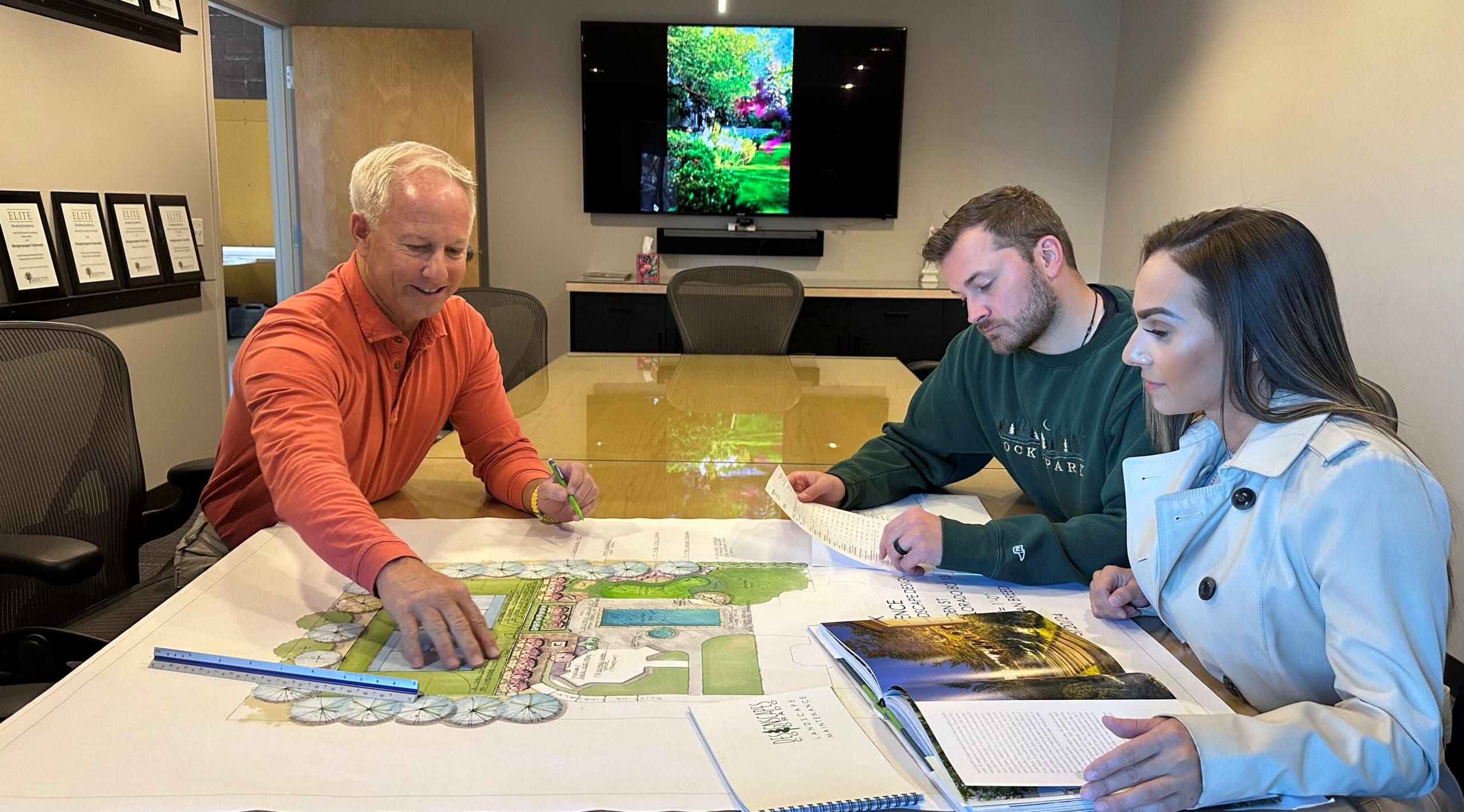
If you frequently deal with clients who reach the end of the sales process but can’t seem to sign the dotted line, this can significantly impact your work pipeline.
Having a poor closing rate can be due to a number of different factors. Some reasons can be out of your control, but others you can overcome or prevent from being an issue in the first place.
Budget Concerns
One of the major hurdles you can face in the sales process is the cost of the landscape project.
“Landscaping is expensive,” says Phil Steinhauer, CEO of Designscapes Colorado, based in Centennial, Colorado. “A lot of people don’t realize that. If they’re a first-time home buyer, or if they’re wanting to put in a swimming pool, and they’ve never had a swimming pool. I think the reality is there’s always some initial shock on the cost.”
Steinhauer says one way to overcome this issue is to be willing to value engineer or create a design that can be installed over a multi-year period.
Because many homeowners don’t understand the cost that comes with a landscaping project, it’s important to discuss their budget early on in the process.
Wesley Arasmith, a landscape design consultant with Ed Castro Landscape, based in Roswell, Georgia, says typically, in the first meeting, he will talk to the client about what they’re looking for and figure out what they want to achieve with the space. Sometimes they may have a budget range or a hard number.
“I do think it should be said or talked about at some point during the meeting,” Arasmith says. “I would also say there are some times where you should wait. If they’re totally all over the place, or if we’re talking about a huge project, I’ll usually tell them, ‘Look, I don’t want to ballpark you right now. But if you give me a few days to put a few numbers together, then I can give you an idea before we go through the rest of the stuff. If I’m at $150,000 and you only have $75,000 to spend, I don’t want to waste your time.”
Rob Ambler, president of Ambler Industries, based in Furlong, Pennsylvania, says the cost of landscaping projects is far higher than it was three years ago. It can create a lot of hesitancy with homeowners when it comes to committing that amount of money.
“I have a lot of people that I get to 95% and then the process just kind of slows,” Ambler says. “They’ve committed but it’s a lot of money. To get that deposit check, that’s been a tough, slow process.”
Ambler will try to talk the client through their hesitations by reiterating the value of working with their company and the level of professionalism they offer.
“We’re closing a lot of jobs under $25,000 and a lot of $75,000+,” Ambler says. “That $25,000 to $75,000 market has really slowed.”
Competing Offers
Another issue that can hold up closing a sale is if the client is considering several different landscape companies. Steinhauer encourages clients to talk to some other design-build firms initially.
“Then it really becomes them choosing your design over your competition’s design,” Steinhauer says. “Most of the time, I will know if I’m going to get the job past the conceptual because after I’ve done a conceptual design, they see your ideas, then you can start to talk about pricing based on what the concepts are. Then I feel like that’s when a client can make an educated choice.”
If a client likes his design more but says it’s too expensive, Steinhauer will go over the spec sheets and explain what the differences are between the bids so the clients understand they’re not getting the exact same offer. Ambler and Arasmith also offer to help clients review their bids.
“The best thing I can do is have the best quote, the best product and usually really understand who you’re talking to, not necessarily the company, but what are you getting from them?” Arasmith says. “Are we comparing apples to apples?”
Ambler says they will highlight some of their key differentiators like their lifetime warranty and the fact they offer financing to help clients come to a decision between contractors.
“Internally, we’re saying, ‘Why would somebody want to buy from us and not the competition?’” Ambler says. “So we’re trying to make sure we can answer that question, as well and then push that to the end user.”
Not Meeting Design Wants
Arasmith says another reason clients can reach the end of the sales process and still back out is due to not being confident in the plan.
He notes a lot of people are uncomfortable with being honest, which is why it’s important to make your clients feel at ease speaking up if they don’t like an aspect of the design early on so you don’t have to backtrack as much.
Arasmith says if the customer isn’t comfortable with the design, ask what they want to see different and present other ideas.
“We’ve been focusing a lot on guiding these individuals through the sales process and not painting the picture for them, not telling their story for them,” Arasmith says. “Let them tell me their story, what they want to do and I’ll tell you what’s incompatible or maybe potential other recommendations.”
Steinhauer says he asks lots of questions upfront so he can create a design the customer is happy with from the start.
“It never feels like I’m selling,” Steinhauer says. “I’m really helping them buy. So I don’t go into everything with a strategy of ‘How am I going to get them to sign?’ It’s more about how am I going to help them spend their money to get with what they want in the most logical way.”
Advice for Improving Closing Rate
Steinhauer says qualifying early on can save your company a lot of wasted effort. You need to know the client’s schedule, budget and if they’re seeking other bids from the start. He prefers to present a conceptual design and then some ballpark costs so the client can see where they are budget-wise. He’ll ask them if they like the design so they feel like they’re in the driver’s seat.
“By the time you get to that closing, they’re comfortable with the budget, there’s a relationship,” Steinhauer says. “There really shouldn’t be any reason for them not to do it, unless it’s some sort of emergency or unforeseen circumstance like somebody loses their job, things like that.”
Arasmith agrees you need to make the client feel comfortable from the very beginning. He encourages pausing throughout the process to make sure the customer doesn’t feel rushed.
“I think close rate definitely is affected mostly by the beginning because at the end, it’s really just down to the product,” Arasmith says. “Do they like the product or not?”
Ambler says you also need to be okay with not getting every job. Steinhauer agrees that in the cases where a client backs out at the last minute, it’s probably for the best. The client could have ended up being difficult to work with, or something wasn’t aligning that could lead to problems down the road.




